Create Your Own 2D and 3D Games Without Coding for Free: Top 5 No-Code Tools

Why Choose No-Code Game Development?
The accessibility to creators of no-code game development has changed. Even non-technical users can provide high-quality games using tools. For instance, a tool gives visual event sheets that work around traditional coding. Rapid prototyping is enabled, and users can test game mechanics in hours, not weeks. Also, creators can concentrate only on game design without worrying about learning programming, and this would increase the creative output. There are also many free or cost-effective approaches to visual scripting on many platforms. So, these tools democratize game development without the need for crippling financial investment.
Key Features of No-Code Game Engines
No-code game engines have simple yet versatile tools that make development intuitive. Such features as drag-and-drop engines for creating intricate mechanics, such as physics-based gameplay or NPC interactions, could be available. Furthermore, pre-made assets in platforms like sprites, effects, and more help you to scale your project right away. Customizable templates, including pre-designed platformers, make games about complex genres more accessible. It also includes publishing options for an engine that allows it to be deployed on PC, mobile, or web platforms without setup. With this integration, creators can monetize their games or share their games globally without any advanced technical skill needed.
What’s the Difference Between 2D and 3D Games?
2D Games
A 2D game operates on two-dimensional space, with its gameplay being X and Y planes. Linear or grid-based movements mean that there are certain mechanics that allow for such precision. One of those is an example of a pixel-perfect platformer that forces accuracy and timing. Similarly, Stardew Valley flourishes through its flat simulation space, which is simple while deep. They are more computationally inexpensive, and that makes them appropriate for low-end devices. Their visuals are elevated by advanced shaders, a form of parallax scrolling, and hand-drawn animations like in Cuphead. Commonly, the audience is retro gamers or people who enjoy bare-bones, straightforward but rewarding gameplay.
3D Games
On the other hand, 3D games expand interactions across X, Y, and Z axes and use spatial realism and dynamic environments. Take, for instance, The Witcher 3, which makes use of volumetric lighting and realistic weather systems to heighten immersion. Meanwhile, Half-Life 2 integrates physics engines for gameplay through object manipulation. Such features demand a huge amount of hardware resources and expertise in 3D modeling and animation. Richer narrative and exploration capabilities make way for a more complex experience—a well-known play for people who like the open world or simulation genres. For developers, 2D vs. 3D games might boil down to how interactive the game is and how ambitious the project is.
Top No-Code Tools for 2D Game Development
GDevelop
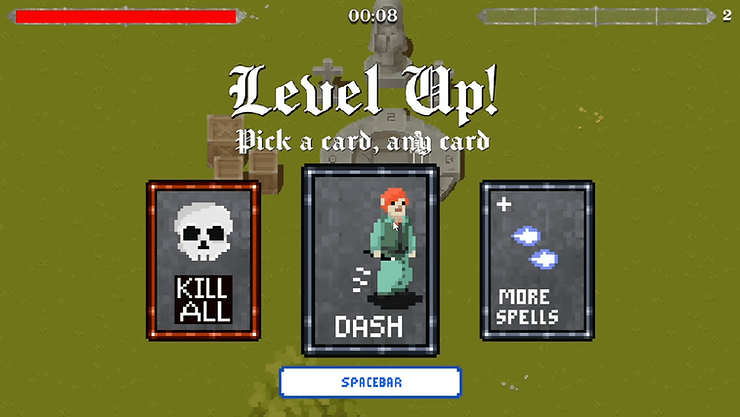
GDevelop is an open-source platform that simplifies 2D game development through its event-based logic system. It lets developers define game behavior without coding to expedite the creation process. The platform offers pre-built templates for rapid prototyping and development. Moreover, GDevelop supports exporting to mobile and web for better game accessibility. Notable games developed with GDevelop include “Lil BUB’s HELLO EARTH” funded through Kickstarter, as well as “The Boys: El Patriota,” an official promotional game for Prime Video’s “The Boys.” GDevelop is free to use. Optional premium plans might be available for features.
Buildbox
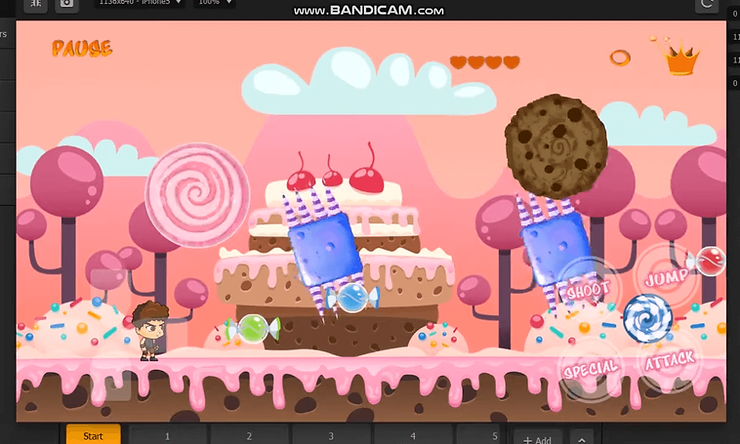
Buildbox is for mobile game development. It has an interface that facilitates game creation. Its asset library provides pre-made graphics and animations to boost development. The platform’s monetization tools help developers integrate in-app purchases and ads. The animation editor permits the creation of complex animations without coding. Buildbox has developed over 150 hit games, including “Color Switch,” which amassed over 150 million downloads, and “Ball Jump.” Buildbox offers a free version with in-app purchases and subscription options for features.
Construct 3
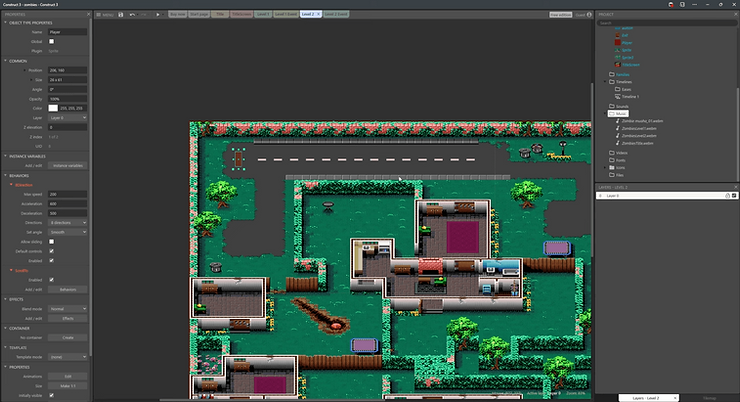
Construct 3 is a browser-based tool for 2D game development, which avoids software installation. Its asset marketplace provides developers with resources to improve their games. The platform supports plugins for functionality and customization. Performance tracking tools let developers monitor and optimize game performance across devices. Construct 3 has created many games, including MOBS Inc. and Small Saga, which are shown in its gallery. It offers a free trial. Nevertheless, premium tiers for advanced features and capabilities are available.
GameMaker Studio 2
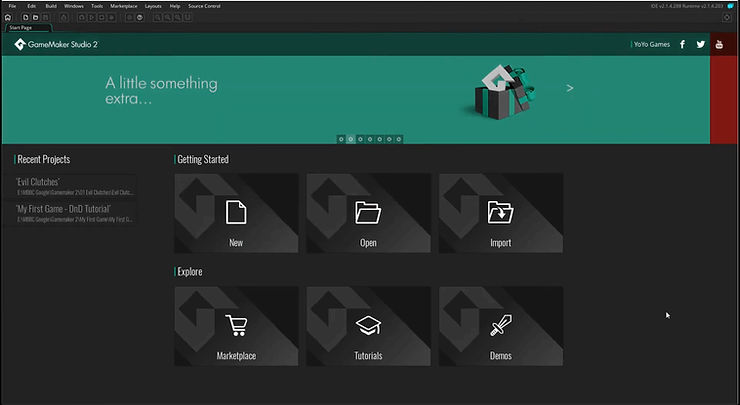
GameMaker Studio 2 tackles beginners and expert users with drag-and-drop functionality alongside optional GML scripting for trickier game logic. It helps developers choose their method of development. The platform supports multi-platform export for games to be published across platforms, including desktop and mobile. The indie game “Undertale” was developed using GameMaker, which shows the engine’s capabilities. GameMaker Studio 2 provides a free version with optional licenses for the latest features and added export options.
Top No-Code/Low-Code Tools for 3D Game Development
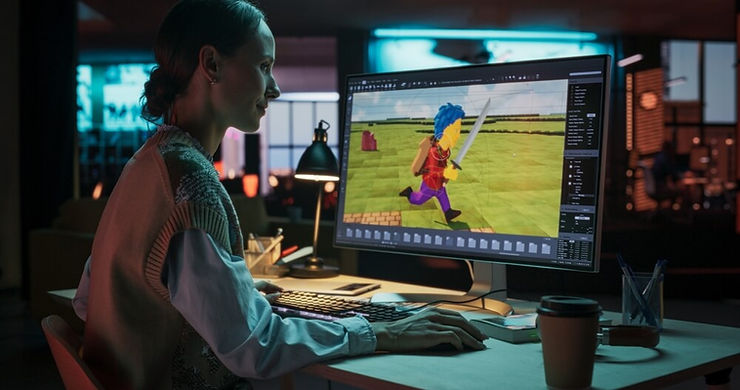
PlayCanvas
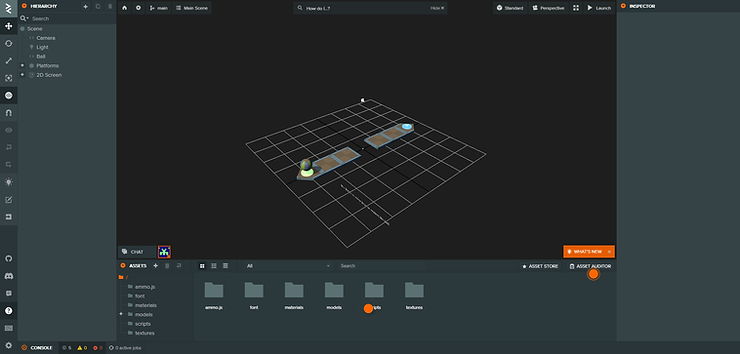
PlayCanvas is a web-based 3D game engine that uses JavaScript for functionality. Its browser-based editor and asset sharing facilitate development. Its lightweight engine assures performance. Developers have used PlayCanvas to create web-based and mobile-compatible games. The platform offers a free tier. Still, paid options are available for private projects. It suits developers wanting an accessible yet powerful tool for 3D game development.
Now, you can create your own 3D game in a no-code environment using PlayCanvas and VIVERSE Create.
Further Reading: “Capturing Gaming Magic with No-Code Game Creation“
Core
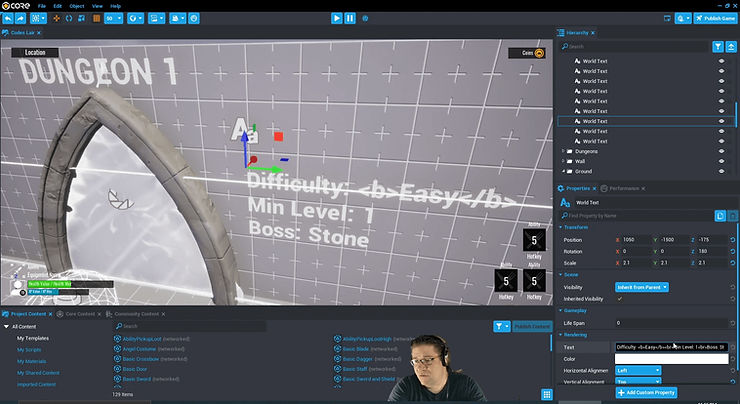
Core creates social and multiplayer 3D games. Its drag-and-drop editor simplifies design. Built-in monetization options and community integration augment user engagement. Developers have made different games within the Core community, such as Survival Jam Kit, Deathmatch Dungeon, Core Royale, Prop Hunt, and Tinyverse, which demonstrates its versatility. Core is free to use for developers producing multiplayer experiences without coding.
Unity (Low-Code)
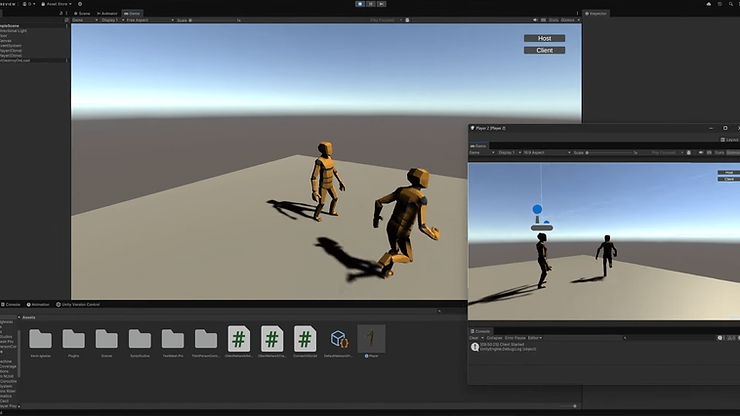
Unity is an engine that supports visual scripting and offers a broad asset store. It enables cross-platform publishing and customizable workflows for project requirements. Industry-standard games, including Subnautica and Rust, have been developed using Unity, which shows its capabilities. Unity provides a free version for personal use with limited revenue limits for beginners and expert developers in 3D game development.
Godot (Low-Code)

Godot is an open-source engine for both 2D and 3D game development. Its node-based workflow, active community, and documentation accelerate the development process. Indie titles and student projects have been created with Godot, so it’s accessible and powerful. While free to use, Godot suits developers pursuing a cost-effective solution for 3D game development.
Unreal Engine 5 (Low-Code)
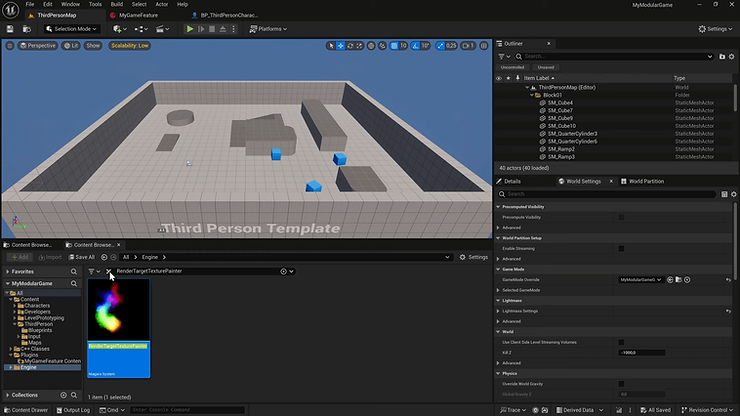
Unreal Engine 5 is an industry-grade engine with Blueprint visual scripting. It delivers complex game mechanics without classic coding. Tutorials complement its graphics and real-time rendering capabilities. AAA titles and indie projects have been developed using Unreal Engine, showing its power and flexibility. The engine is free to use. Yet, royalties might be applicable after a revenue threshold. It is scalable for developers needing quality 3D game development.
Conclusion
With no-code game development tools, creators are able to build interactive 2D, 3D, or VR experiences without any programming knowledge. We suggest you pick the tools that correspond to your game’s particularity, i.e., dimensionality, target platforms, and proficiency level. After your game is built, you can easily publish and share it on VIVERSE, our immersive platform that allows for cross-device accessibility (running on mobile, VR headsets, PCs, and Macs). You can communicate with a larger community of gamers and creators through this integration.
We’re hoping you will explore VIVERSE for publishing your creations and interacting with our community. With VIVERSE Create, you can start building your own 3D game right away—no coding required!